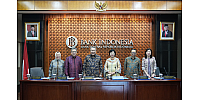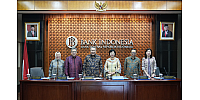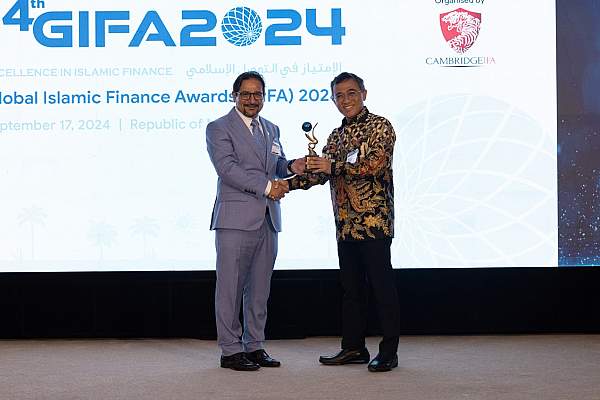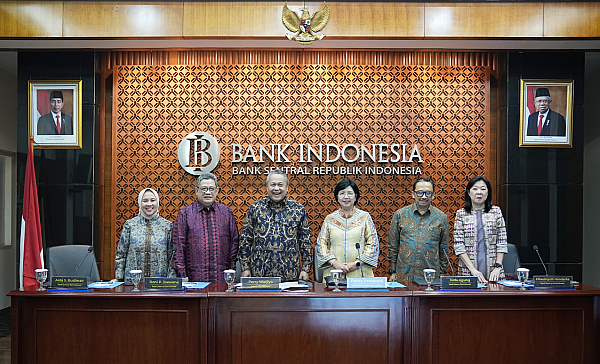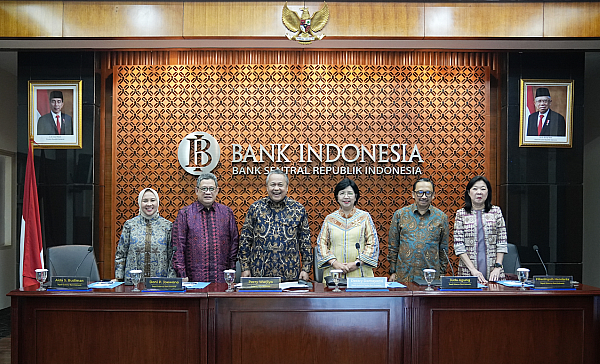Credit Interest Increases, BTN Income Can Increase from Subsidized KPR
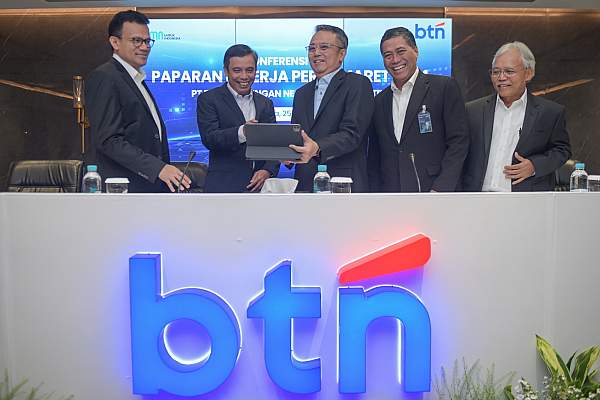
Bank Indonesia (BI) has decided to raise the BI rate to 6.25% from the previous 6%, in response to the uncertain global geopolitical conditions that have triggered capital flight and caused the rupiah to weaken. This increase in the benchmark interest rate will drive up bank lending rates, which are already relatively high. The fastest transmission of the hike will be felt in deposit rates and other funding costs.
However, commercial lending rates will not necessarily rise immediately, although the possibility remains if the market rate increase is significant enough. Bankers must carefully calculate the impact of higher lending rates on their loan portfolios' collectability. "Just because the benchmark rate has gone up, does that mean we will raise our lending rates right away? Not necessarily. Unless the loans were on a fixed rate and are now transitioning to a floating rate - then the increase is automatic," explained Nixon LP Napitupulu, the President Director of Bank Tabungan Negara (BTN), while presenting the bank's Q1 2024 financial performance in Jakarta on Thursday (25/4/2024).
As he elaborated, for loans that already have a floating rate, BTN rarely increases its lending rates even when the benchmark rate goes up. "Why? Because then our non-performing loans (NPLs) will also rise. Even a small increase in the lending rate can immediately push some loans into the NPL category. Less payment," he said. The deterioration in loan quality can add to BTN's NPL ratio, which currently stands at 3% - quite high compared to the industry's gross NPL of 2.19% (as of 31 December 2023), and ultimately impact the bank's profitability.
Especially for subsidized mortgages, whether under the Housing Financing Liquidity Facility (FLPP) scheme or the Interest Rate Subsidy (SSB) scheme, Nixon stated that market rate increases have no impact whatsoever. This is because the rates for these mortgages are already guaranteed by the government to be fixed at 5% per annum for the loan period. In fact, for SSB mortgages, BTN even has the potential to earn additional income if market rates rise, as the subsidy mechanism is different from the FLPP scheme.
Under the FLPP scheme, the subsidy is provided in the form of a very low-interest revolving fund. The bank mixes this fund with its own deposits before extending FLPP mortgages at the fixed 5% rate. The bank then returns the FLPP funds to the government (BP Tapera) as the borrowers make their monthly payments.
In contrast, for SSB mortgages, the government provides the subsidy by paying the difference between the subsidized mortgage rate and the commercial mortgage rate. This difference becomes the bank's income and does not return to the government. For example, if the commercial mortgage rate is 12% and the subsidized rate is 5%, the 7% difference is covered by the government's subsidy payment to the lending bank. "So, if market lending rates go up, BTN can potentially earn additional income from the SSB mortgages, as the government's subsidy payment increases," Nixon explained.
As for the impact of the weakening rupiah on the lower-to-middle-income housing market, including subsidized homes, Nixon also expects it to be relatively small. This is because almost all the raw materials are sourced domestically, with no imports involved, and the labor, both skilled and unskilled, is also entirely domestic. Therefore, the inflationary impact is minimal, as is the effect on BTN's business, which is largely focused on lending for housing in this segment.


